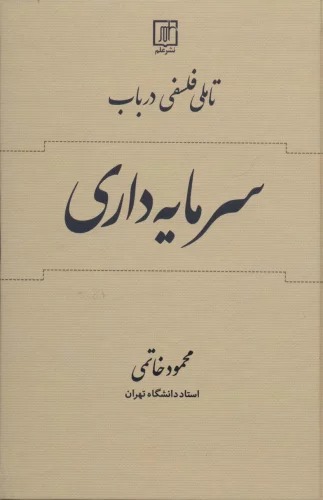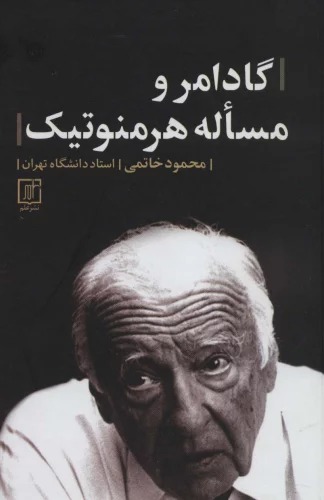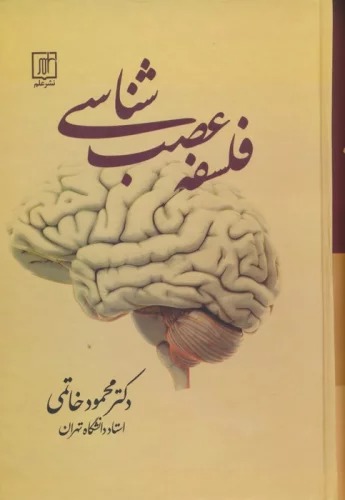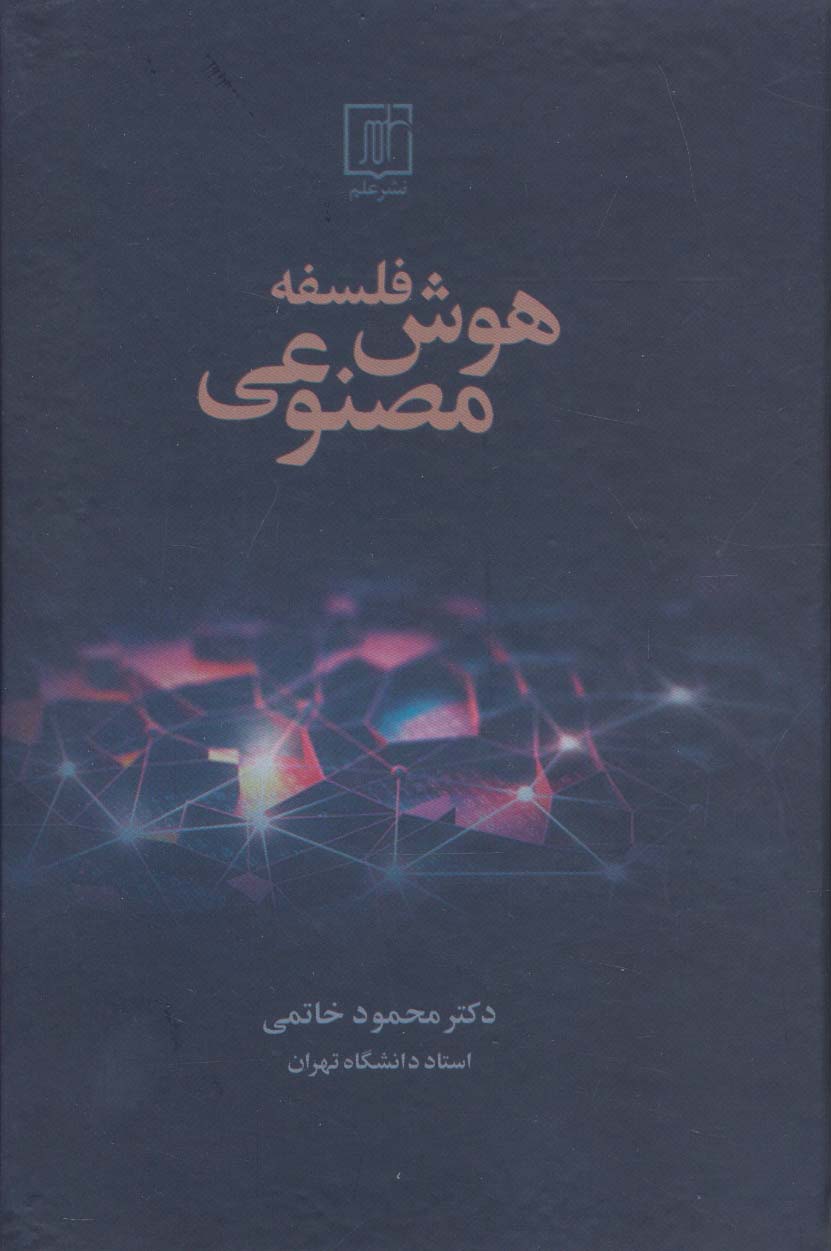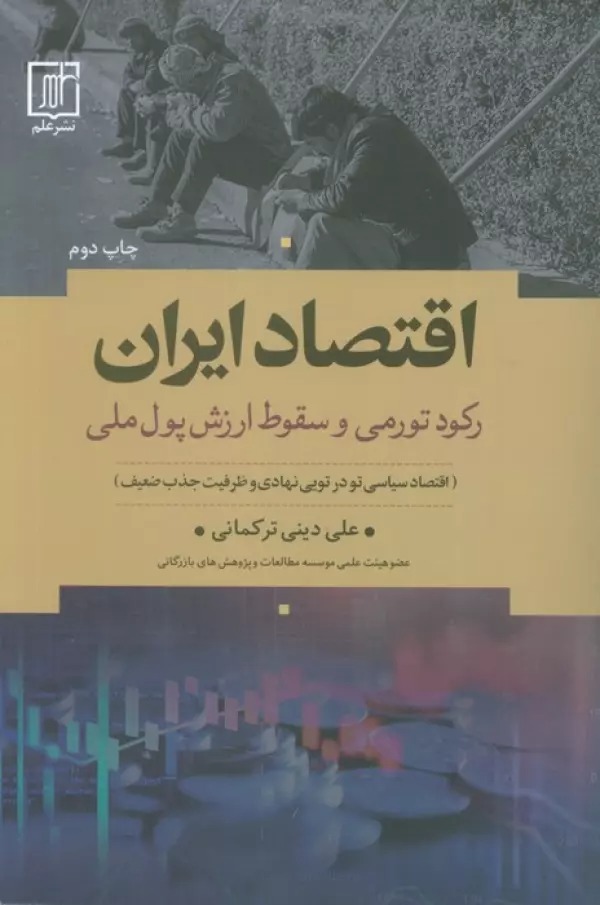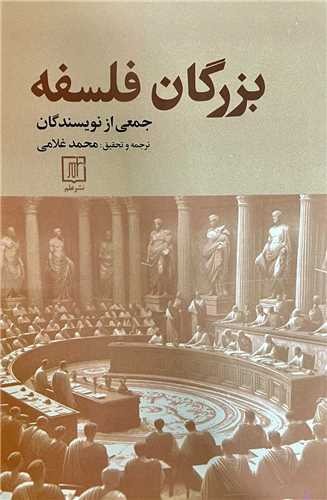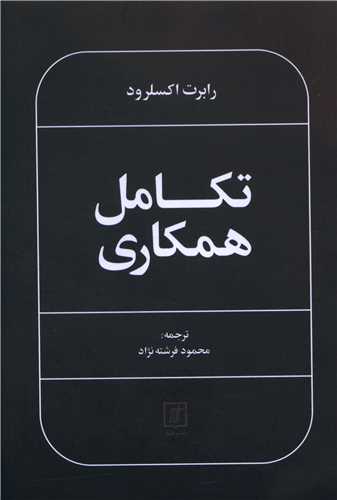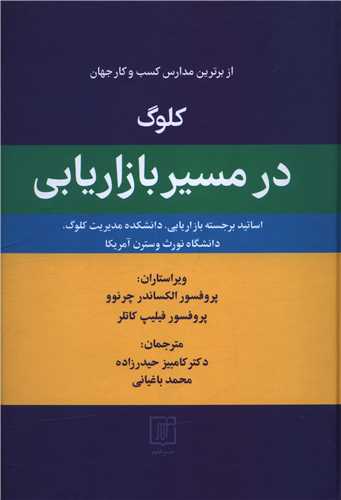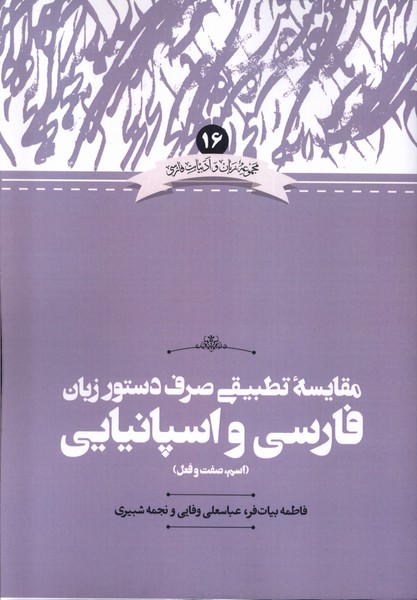ابن عربی و آموزه اعیان ثابته فارسی 1400
Ibn 'arabī va Āmūzah-yi A'yān-i s̲ābitah
10٫00 $
اشتراکگذاری
Wishlist
"Ibn Arabi and the Doctrine of Ayan Sabiteh" is a work written by "Mahmoud Khatami" that examines one of the basic teachings in Islamic mysticism, and in other words, one of the historical achievements of mystical philosophy. The overlap and close connection between the subjects of Ayyan Tabiteh with important theological topics such as the science of transcendence and the free choice of man shows its importance. One of the primary topics that "Mahmoud Khatami" "Ibn Arabi and the Doctrine of Ayan Thabiteh" addressed is the background, description, and structure of Ayan Thabiteh.
According to some researchers, the discussion of "Ibn Arabi and the doctrine of the fixed nobles" from his point of view is similar to the Mu'tazila discussion.
The proof object of the fixed nobles in mysticism is similar to the proof of possible non-existence in the school of Etzal, and these two even have something in common except for the non-existent non-existence. Both the mystics and the Mu'tazilah deny the abstinence. The only difference is that the Mu'tazila consider the proof to be foreign, but the mystics consider the proof of the established nobles to be scientific proof in the study of truth. Mulla Sadra has highlighted the kinship of Mu'tazila and Sufiya in his works and thoughts. On the other hand, many scholars and mystics make a difference between the Mu'tazila's fixed and permanent nobles. These people emphasize the invalidity of the Mu'tazila's claim and the validity of the mystics' claim and claim that the Mu'tazila believe in the proof of non-existence outside, which is invalid not only with rational evidence but also with intellectual improvisation; While the nobles have proven scientific evidence. "Mahmoud Khatami" in "Ibn Arabi and the Teachings of Ayan Sabite", collected his views and opinions in this field and provided them to the audience in a book of 433 pages.
more
"ابن عربی و آموزه اعیان ثابته" اثری است به قلم "محمود خاتمی" که یکی از آموزه های اساسی در عرفان اسلامی و به عبارتی یکی از دستاوردهای تاریخی فلسفه عرفانی را مورد بررسی قرار میدهد. همپوشانی و ارتباط تنگاتنگ موضوعات اعیان ثابته با مباحث مهم کلامی مانند علم تعالی و انتخاب آزادانه انسان، اهمیت آن را نشان می دهد. یکی از موضوعات ابتدایی که "محمود خاتمی" "ابن عربی و آموزه اعیان ثابته" به آن پرداخته، پیشینه، شرح و ساختار اعیان ثابته میباشد.
به زعم برخی پژوهشگران، بحث "ابن عربی و آموزه اعیان ثابته" از دیدگاه او، با بحث معتزله شباهت دارد.
شیئیت ثبوتی اعیان ثابته در عرفان، مشابه اثبات معدومات ممکنه در مکتب اعتزال است و این دو حتی در استثناء معدومات ممتنع با هم اشتراکاتی دارند. معدومات ممتنع را هم عرفا و هم معتزله انکار می کنند. تنها وجه تمایز این است که معتزله برهان را خارجی دانسته، اما عرفا ثبوت اعیان ثابته را دلیل علمی در تحصیل حق می دانند. ملاصدرا نیز خویشاوندی معتزله و صوفیه را در آثار و اندیشهی خود برجسته ساخته است. از سوی دیگر، بسیاری از علما و عارفان میان صحبت از اعیان ثابته و معدوم ثابت معتزله تفاوت قائل میشوند. این افراد بر بطلان ادعای معتزله و اعتبار ادعای عرفا تأکید می کنند و مدعیاند که معتزله به ثبوت معدومات در خارج معتقد است که نه تنها با ادله عقلی، بلکه با بداهه عقلی نیز باطل است; در حالی که اعیان ثابته برهان علمی دارند. "محمود خاتمی" در "ابن عربی و آموزه اعیان ثابته"، دیدگاه و عقاید وی را در این زمینه گردآوری کرده و در یک کتاب چهارصد و سی و سه صفحهای در اختیار مخاطب قرار میدهد.
more



